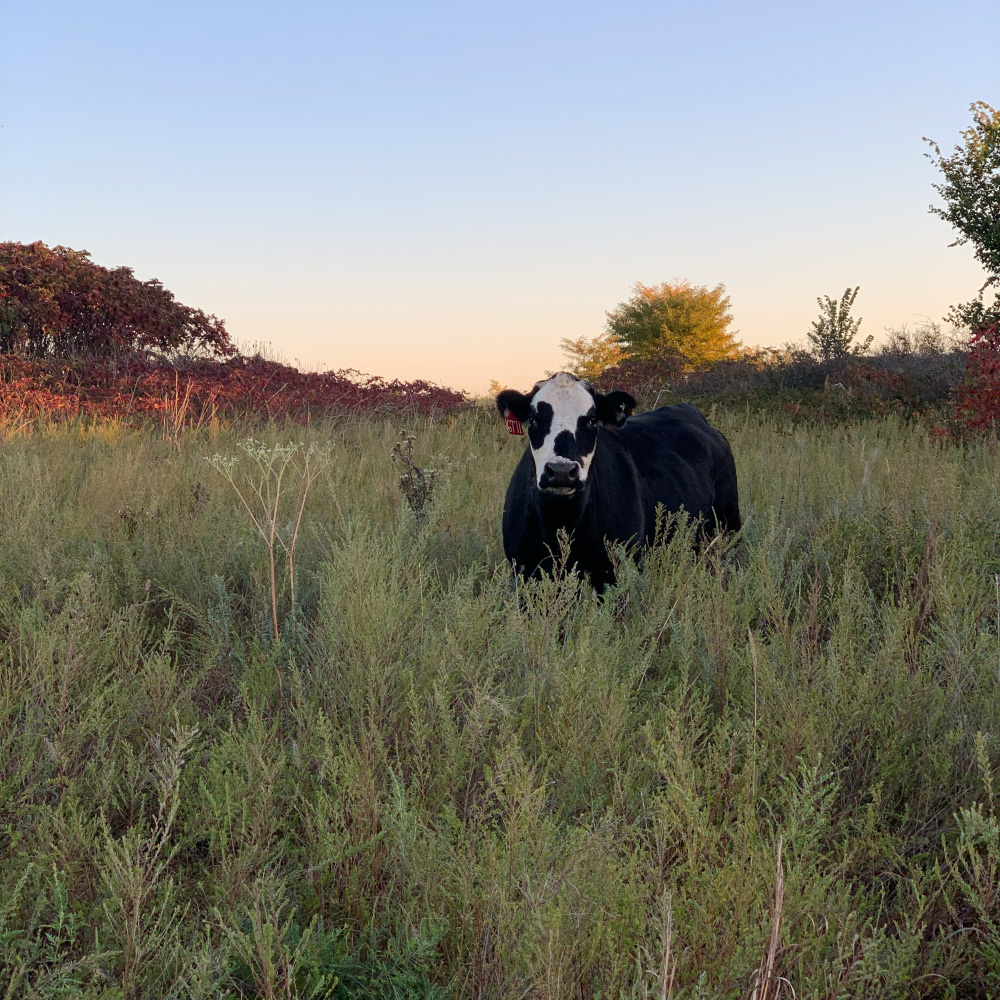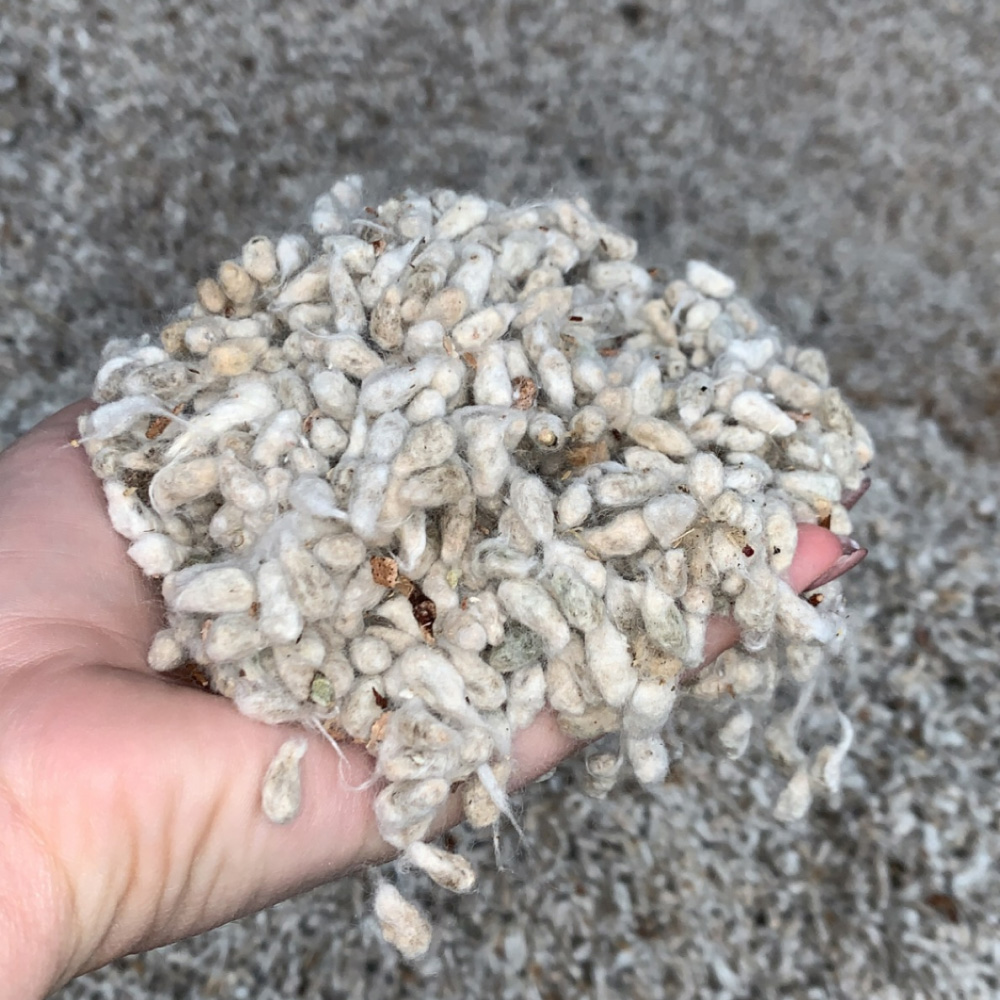

This post was written by Alexis Main, Oklahoma State University, and was selected as a winning submission in the 2024 College Aggies Online program.
Like most nights, we sit down at the table (or on the couch if you are like me) for dinner with our plates filled whether it be hamburgers, steaks, cheese, and so much more. We often don’t really question how that came to be – it came from the grocery store, right? Wrong. While you may have bought it at the supermarket, the nutritious food that feeds our families came from the farmers, the livestock, and the resources behind them. What you may not know is the incredible steps behind it.
It all starts with upcycling: it’s a ruminant animal’s ultimate superpower. According to Beef Checkoff, approximately 90% of what cattle eat is unable to be digested by humans which includes pasture grasses, other forages, and byproducts from different industries. Livestock production and the management of each species consider the type of digestive system the animal has. For example, pigs, like humans, are monogastric meaning they have one true stomach. In contrast to this, ruminant animals – including cattle, goats, and sheep – have one stomach with four compartments. Due to their unique digestive tract, these herbivores can digest feed products and high-fiber plant material by microbial fermentation in their rumen (first stomach compartment). The microbes in their rumen have a symbiotic relationship with the animal, optimizing their ability for microbial fermentation and utilization of a variety of feeds. This allows them to utilize resources that other species, including humans, can’t. These include both forages cattle graze on and otherwise wasted byproducts from other industries.

Forages differ depending on what part of the country the ranch is and where the cattle are raised. About 29% of the land in the U.S. is devoted to pasture or rangeland that can support ruminant animals but is unable to support crop production due to being too rocky, wet, steep, and/or arid. This makes cattle a valuable ally. In addition, there are feed ingredients that can be incorporated into a ruminant diet, thus putting it to good use and preventing it from going to the landfill. Some good examples of these are:
- Distillers Dry Grains (DDGs) – Coproduct from the production of ethanol from grain
- Wheat Middlings, or wheat midds – Byproduct of the milling process for flour from wheat
- Whole cottonseed (pictured below), cottonseed meal, cottonseed hulls – Byproduct of the cotton-fiber industry for a wide variety of fabrics we use every day
- Beet Pulp – Fibrous material remaining from the processing of sugar beets
- Brewers Grains – Leftover grains from the production of beer and other malt products
- And much more! Over the years, I have also seen or heard of farmers being able to use leftover candy from Halloween or canned tomatoes that weren’t deemed high enough quality for human consumption.
We see the benefits of upcycling by cattle in many areas of our lives whether it is milk, beef, leather, pet food, medicines, instrument strings, and even cosmetics. Cattle take these otherwise wasted resources and low-quality forages and turn them into both a nutrient-dense edible protein and many other products we use and rely on. It takes reduce, reuse, and recycle to a whole new level by helping us make more protein with less!
All posts are the opinion of the author and do not necessarily represent the view of the Animal Ag Alliance.
The post The Undeniable Superpower of Cattle appeared first on Animal Agriculture Alliance.






